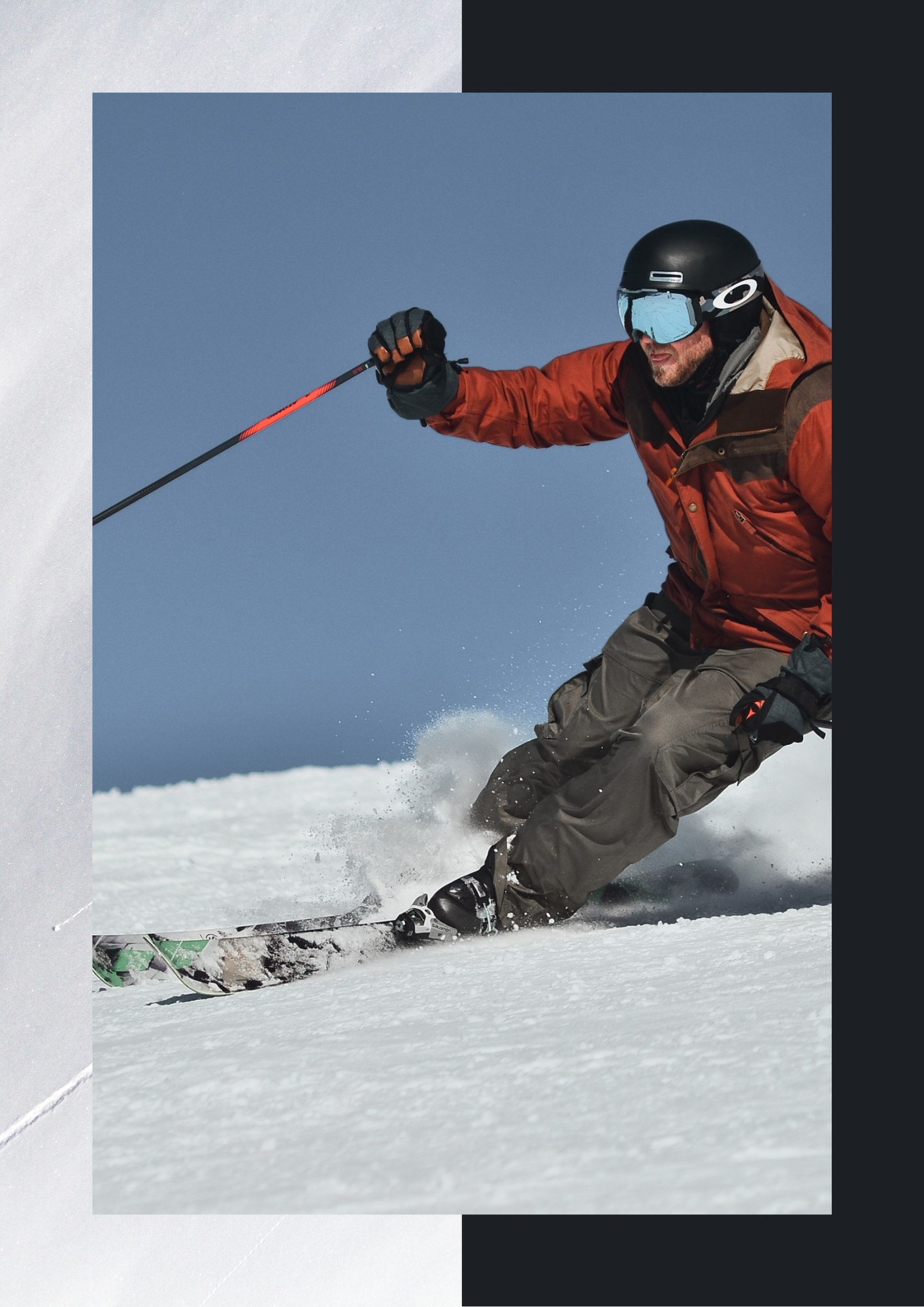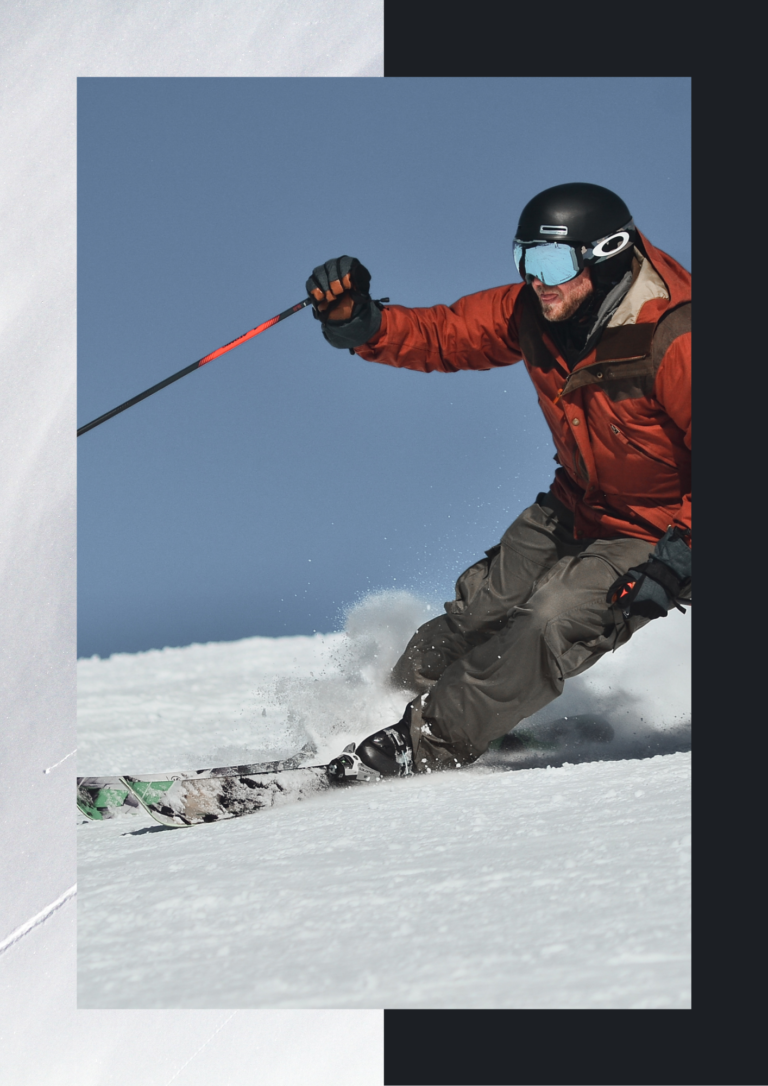Do You Need To Wax New Skis Before You Ski On Them?
When you buy a new pair of skis, you might be eager to hit the slopes immediately, but taking the time to wax them first can significantly your experience. New skis typically come with a factory wax that may not be optimized for performance, if they’ve been sitting in a warehouse or showroom.
Applying a fresh coat of wax tailored to the specific snow conditions you’ll encounter, you can ensure your skis glide smoothly and respond more dynamically as you carve down the hill.
Do You Need To Wax New Skis?
Skipping a first time wax might save time, investing a few moments into properly tuning your new gear can significantly elevate your ride quality and longevity on the mountain. So before racing off into winter wonderlands, consider giving those new boards some love your runs will thank you!
Many brand new skis come prepped at the factory with a decent base wax, this initial coating may not suffice for optimal performance on the slopes. Waxing serves not only to enhance glide but also to protect the ski base from abrasion and oxidation that can occur when exposed to snow and moisture.
The type of skiing you’ll be doing plays a crucial role in determining whether an immediate waxing is necessary. If you’re planning to hit icy or aggressive terrain right out of the box, applying an additional layer of wax tailored for those conditions can drastically improve your experience.

How do you wax brand new skis?
Brand new skis often come with a factory wax, but this initial coating may not be sufficient for optimal performance on the slopes. If you’re wondering how to masterfully wax your brand new skis, start by choosing the right type of wax based on the snow conditions you’ll encounter.
Many newcomers might think any old wax will do, each type has its own unique properties designed to glide and durability. A hot glide wax is ideal for cold, dry snow while a softer hydrocarbon or fluorinated blend works better in warmer or more humid conditions.
It’s essential to clean the base of your skis thoroughly; this removes any factory residues that could impede performance. Apply the wax using a dedicated iron set at an appropriate temperature too hot can damage the base while too cool won’t allow for proper penetration.
Let it cool before scraping off excess for that smooth finish we all crave as we head out into fresh powder. Skiing on properly waxed skis isn’t just about speed; it transforms your entire experience on the mountain by control and making each turn effortless. So next time you hit the slopes with freshly prepared gear, you’ll find yourself carving through snow like never before!
Do you need to tune new skis?
Many brands offer skis that are pre treated for optimal performance right out of the box, the truth is that most factory applied waxes can quickly wear off, after your first few runs. This initial layer might not be tailored to the specific snow conditions or your skiing style, making tuning essential for maximizing performance.
It encompasses a range of adjustments including edge sharpening and base preparation. An untouched ski lacks personalized specifications suited to your weight and style, which can affect both control and speed on varied terrains.
If you’re excited to hit the slopes as soon as you get those new boards home, taking the time to consult with a professional tuner can lead to a more enjoyable experience on the mountain after all, there’s nothing quite like gliding effortlessly over fresh powder or crispy groomers with perfectly tuned gear beneath you.

How to tell if skis need wax?
One of the simplest ways to determine if your skis need waxing is by examining their base. Look closely at the ski’s surface; if it appears dry, chalky, or has noticeable white marks, it’s a strong indicator that wax is necessary. A healthy ski base should have a smooth, glossy appearance that reflects light. Consider the terrain and conditions you typically ski in rough snow can significantly accelerate base wear.
Telltale sign is performance during your runs. If you find yourself struggling for speed on downhill stretches or notice excessive sticking on flat areas, those are subtle cries from your skis begging for hydration through wax.
Many models are factory prepped with a basic wax coat, this is not enough for optimal performance throughout an entire season; regular maintenance remains essential to ensure you glide smoothly over any snowy landscape. Timely waxing not only boosts your ride but longevity for your equipment as well!
How often should I wax my skis?
The frequency of waxing your skis is more nuanced than a simple calendar schedule; it largely depends on your skiing style and the conditions you typically encounter. For avid skiers who hit the slopes multiple times a week, a good rule of thumb is to wax at least every 4 6 days of skiing.
If you’re someone who enjoys backcountry adventures or frequently ventures into variable snow conditions, consider applying wax even more regularly to maintain optimal glide and control.
It’s worth noting that new skis often come factory waxed but may not be sufficiently prepared for various terrain challenges.
This is why understanding your ski’s base material and careful attention to snow conditions can performance drastically. The benefits of regular waxing aren’t just about speed; they also protecting the ski base from damage caused by exposure to dry snow and UV rays, ultimately extending their lifespan.
It might be tempting to overlook waxing in favor of hitting the slopes faster, investing time in this prep work will pay off both in performance and longevity.
Conclusions
It may seem unnecessary to wax new skis before hitting the slopes, doing so can significantly your skiing experience. Skis often come with a protective layer that may not provide optimal glide or performance. You ensure better speed and control on the snow, ultimately leading to a more enjoyable ride.
Axing new skis can help prolong their lifespan and maintain their quality over time. Take a moment to give your new skis the care they deserve your future self will thank you!
FAQ
Do I need to wax my new skis before the first use?
Yes, it’s recommended to wax new skis before their first use to ensure optimal performance and protection.
Why should I wax new skis?
Waxing helps to glide, improve control, and protect the bases from damage during initial runs.
How long does the waxing process take?
Waxing typically takes 30 minutes to an hour, depending on whether you do it yourself or have it done professionally.
Can I ski on new skis without waxing them first?
While you can ski without waxing, it may lead to slower speeds and less control compared to properly waxed skis.
Is there a difference between factory waxing and hand waxing?
Yes, factory waxing is usually a basic application; hand waxing allows for more specific tuning tailored to your skiing style and conditions.





